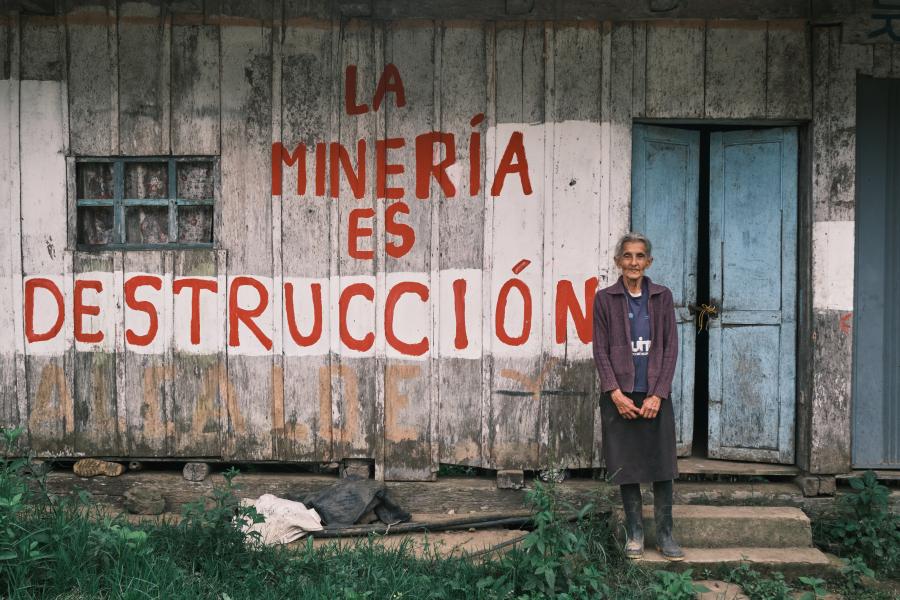The Twenty-First century does not hold large promise for Native Hawaiians. Given that the power of the United States, both militarily and economically, is now unchallenged in the world, the prospects for land restitution and some form of self-government for Hawaiians are depressingly poor.
As Hawaiians link up with other Native people who have managed some form of control over their lives and resources - for example, the Saami in Norway, the Kuna Yala people in Panama, the Inuit in Nunavut, Canada - our situation appears, by comparison, bleak.
And yet, the United States has examples of Native self-determination within its borders that are workable for Native Hawaiians. The nation-within-a-nation example of American Indian nations is the one which could most clearly approximate our own.
The difficulty for Hawaiians is simply that we are a very small archipelago with great strategic importance to the American military. And at home, the state-tourism complex has decided that mass-based corporate tourism is the economic future.
Tourism and militarism, then, will continue to be the primary economic obstacles to our success. Politically, of course, the primary obstacle today is the same as that at the overthrow: settlers who are the majority of our state's population and who are vehemently opposed to any form of Hawaiian self-governance, particularly the return of lands and waters.
Hawaiians will nevertheless proceed on their path toward self-government. What the next generation accomplishes in this arena will be critical to the continuity and well-being of our people.
Article copyright Cultural Survival, Inc.



